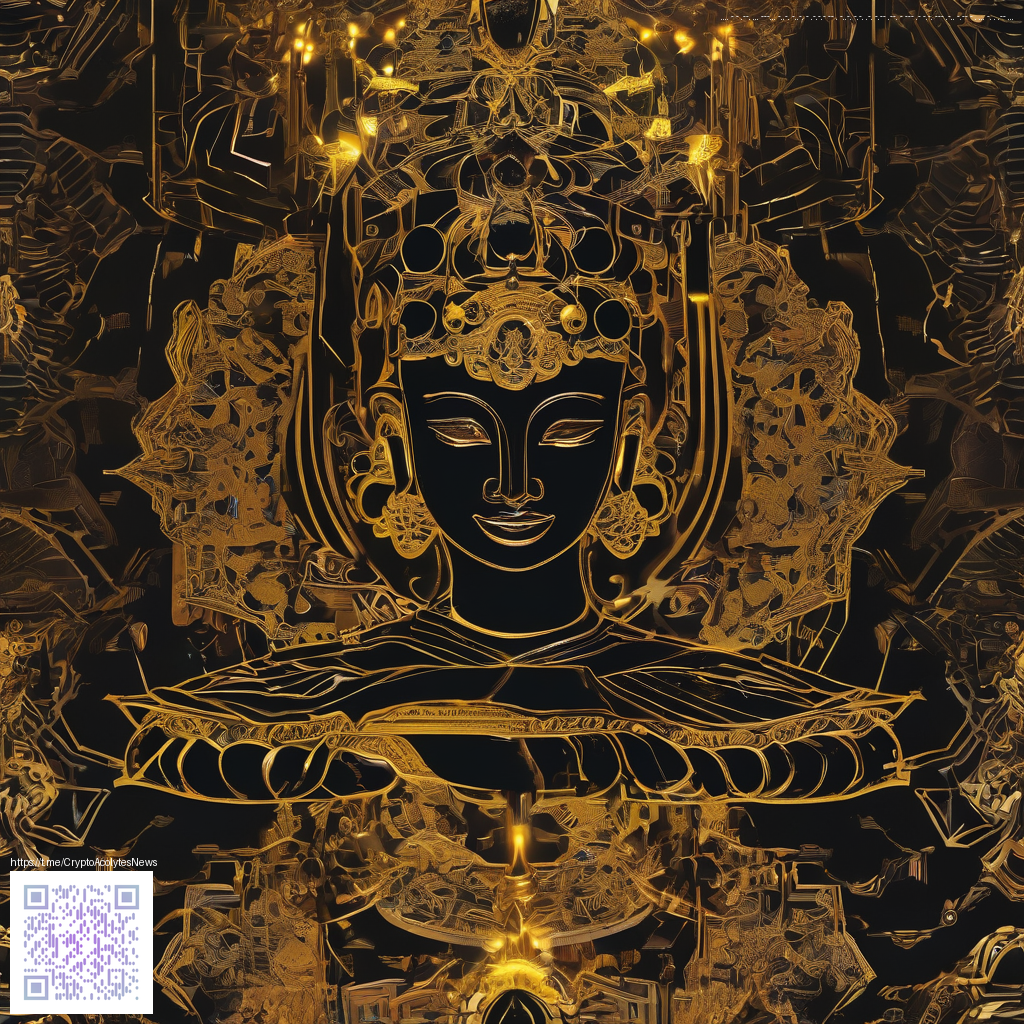
Cosplay Highlights from Donkey Kong Country Tropical Freeze
In the world of cosplay the icy neon aesthetic of a beloved platformer becomes a playground for builders and performers. The game originally released by Retro Studios and Nintendo in 2014 for the Wii U pushed a bold silhouette driven art style that translates beautifully to wearable art. The Switch port that arrived in 2018 opened new doors for cosplayers to reinterpret the frosty islands with modern fabrics and lighter materials. Fans continue to turn this universe into living stage performances and stunning photo pieces, all while sharing tips that help others level up their builds 💠
Cosplayers lean into the visual language of the game by embracing sculpted foam, Worbla details, and layered fabrics that mimic frosted textures. A popular approach is to craft Donkey Kong in a furry brown suit with foam padding for the torso and a modular arm rig that stays comfortable during long showings. Dixie Kong and Diddy Kong looks often feature braided wigs and carefully chosen accessories such as small backpacks and vinyl belts. Clever use of EVA foam, fabric paint, and resin accents helps these silhouettes pop on stage while staying travel friendly.
Materials that survive a busy con day
Crafting for comfort is a recurring theme. Builders favor EVA foam for armor panels because it is forgiving and slices cleanly with a hobby knife. 3D printing adds punchy accents such as DKs belt buckle or Dixie Kongs hair clips, then primed and painted for a polished finish. For icy effects a mix of translucent acrylics and glitter helps catch the light on a crowded show floor. The result is costumes that photograph well and move with confidence during performances.
“The magic happens when you can see the character silhouette in motion. A well executed foam piece can read from across the room even with a busy background.”
Community members highlight that a great build is not just about the costume but about performance. Stage presence, timing during skits, and camaraderie with fellow cosplayers turn a look into a memorable moment. Photographers in the crowd often emphasize dynamic poses and props that translate well to both stills and video clips. The Tropical Freeze theme invites playful exchanges with banana props and nimble jumps that echo the game rhythm and energy 🌑.
Conventions and dynamic showcases
Events have grown into showcases where fans share pattern files, paint recipes, and finishing techniques. A common thread across showcases is the emphasis on accessibility energy. Simple kit builds paired with clever foam articulation often outshine more elaborate pieces that slow entry into the spotlight. The Switch era wave brought new references and color palettes inviting cosplayers to reinterpret classic sprites as lifelike costumes with modern fabrics.
Community threads reveal a shared language of craft phrases and resources. Tutorials on painting and weathering blend nicely with foam armor finishing. Cosplayers frequently swap tips about shading and texture to achieve frosty surfaces that read as ice on photographs. The approach remains practical and welcoming for newcomers who want to try a DK inspired build while keeping a sense of fun in every step 🌟.
Prop design and performance notes
Props play a starring role in these builds from banana props to treasure chests and frozen crystal accents. Lightweight materials let performers move with ease while maintaining a bold stage presence. Experienced builders often create modular props that detach for quick costume changes or close camera shots. A few clever tricks include hidden magnets to secure pieces during high energy moments and LED accents to simulate icy glints under stage lighting.
Lighting and photography tips matter as well. Daylight helps showcase crisp color blocks while warm studio lighting can highlight the creamy browns of Donkey Kong fur and the icy blues of frost textures. Seasoned cosplayers recommend testing your rig under similar lighting to what you expect at the event so photos and clips read cleanly across platforms.
Developer commentary and the joy of adaptation
Behind the scenes the design ethos of the original title champions bold silhouettes, bold color blocking, and a sense of whimsy. While the developers did not publish a formal cosplay guide, their art direction provides a treasure map for cosplayers. The icy vistas and chunky character designs translate beautifully into wearable art that communicates the character feel even from a distance. As Nintendo and its partners continue to inspire fans the community keeps innovating with fresh palettes and streamlined builds that still nod to the source material.
These conversations remind us that the joy of this hobby comes from adaptation and collaboration. Builders share files, swap tips about paints and weathering, and celebrate the moments when a prop clicks on camera. It is a community that grows stronger as new creators join in and bring their own stylistic twist to a familiar world 💫
Tips for aspiring cosplayers hinge on learning by doing and leaning on a supportive network. Start simple and scale up by building a core body piece first and then adding outward with accessories. Use reference images from the game to guide color blocks and proportions, then test fit with quick prototypes. Don’t hesitate to reach out to fellow builders who share 3D printed assets or foam cutting files the network thrives on sharing and feedback. Most importantly keep it fun and celebrate the joy of bringing a favorite game to life.
To support creators who share their methods and foster decentralized collaboration there is a donation option below. The gesture helps sustain a global community where artists can mentor each other and build together in a space that respects openness and creativity 💠
Support creators through a decentralized internet